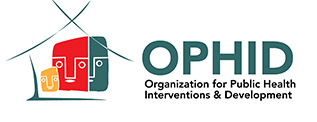SPRinTZ: Impact of Social Protection on HIV/TB/Nutrition Outcomes in Zimbabwe
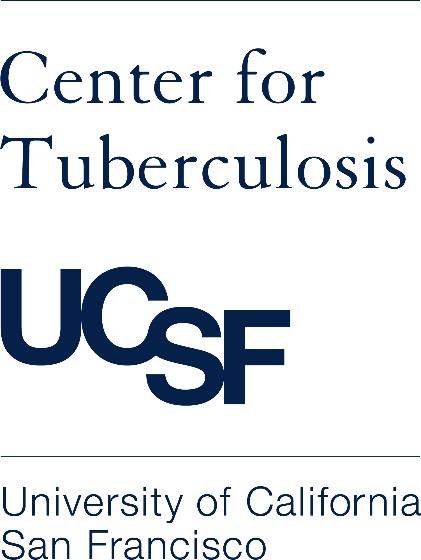
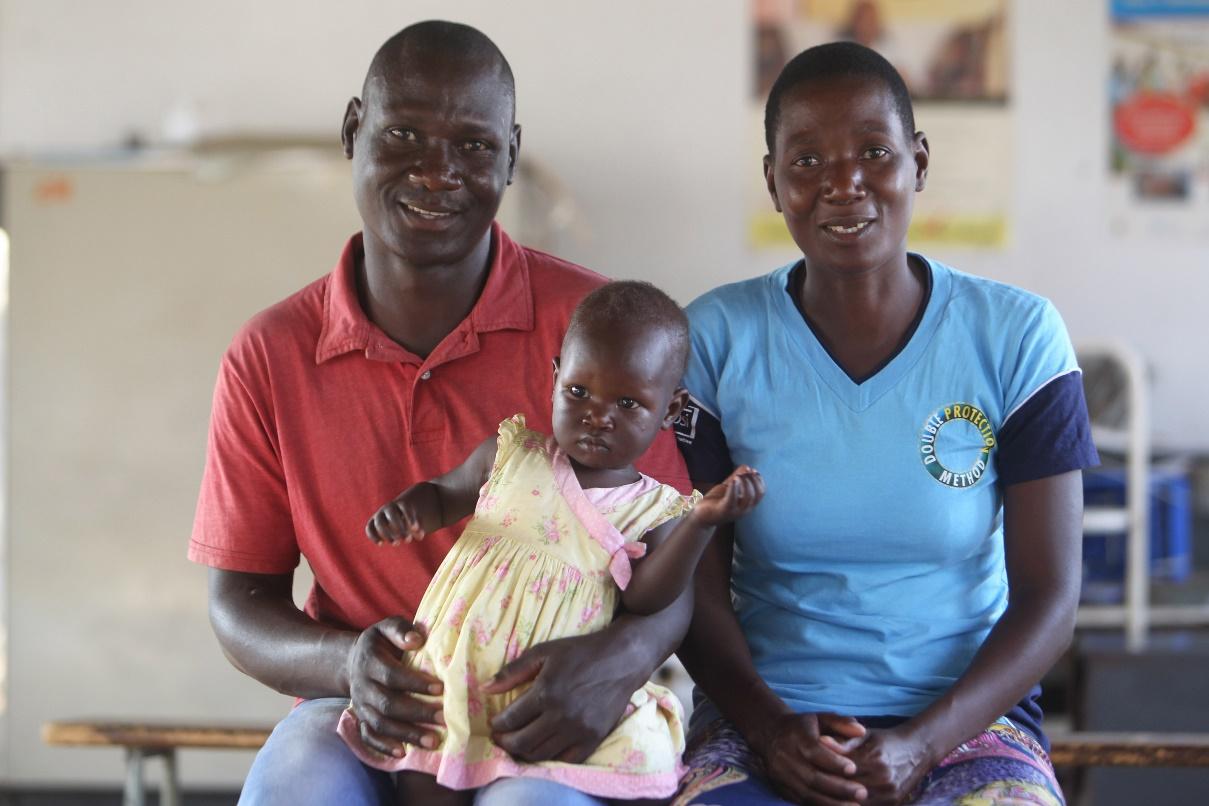
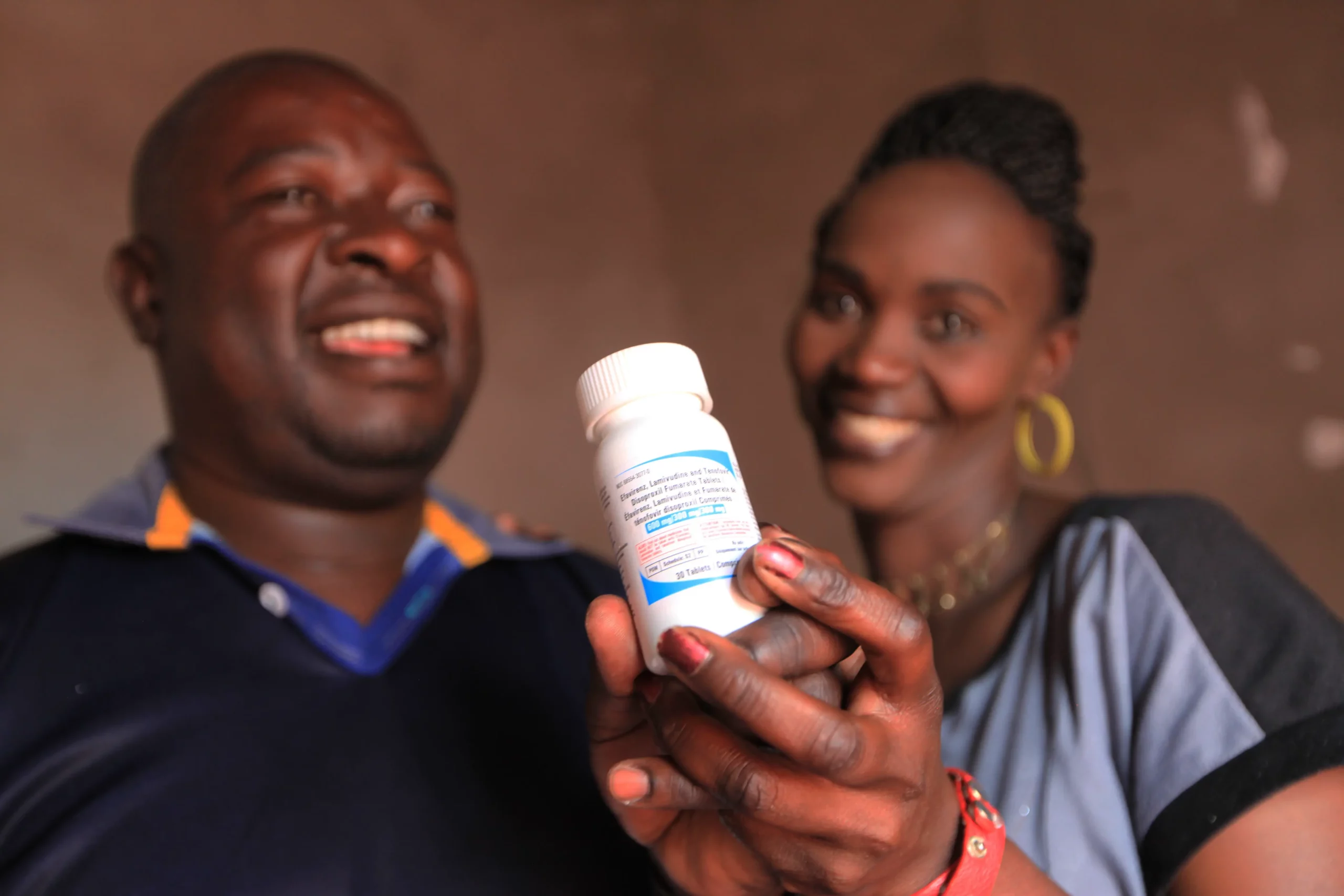
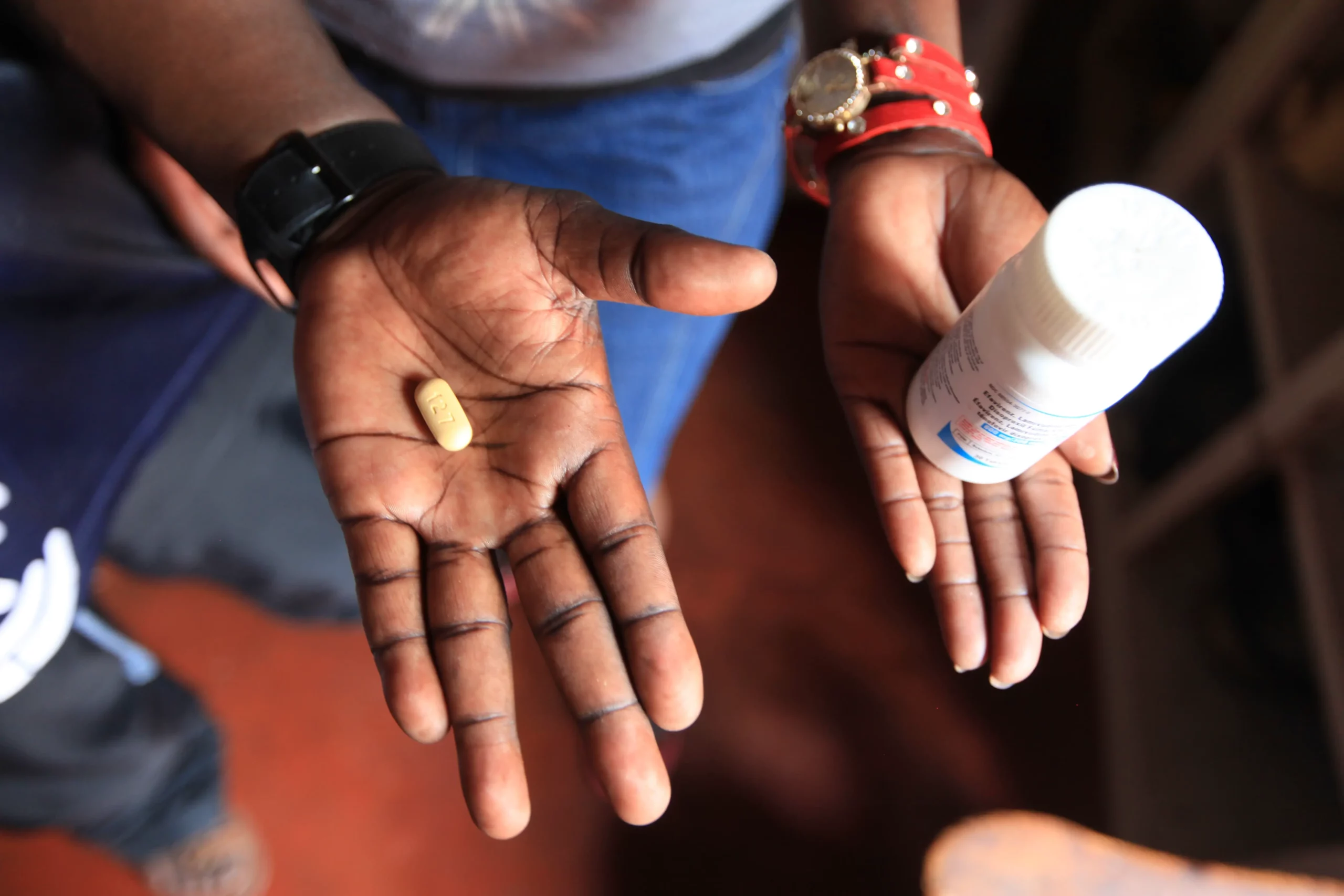
TB and HIV are diseases of poverty.
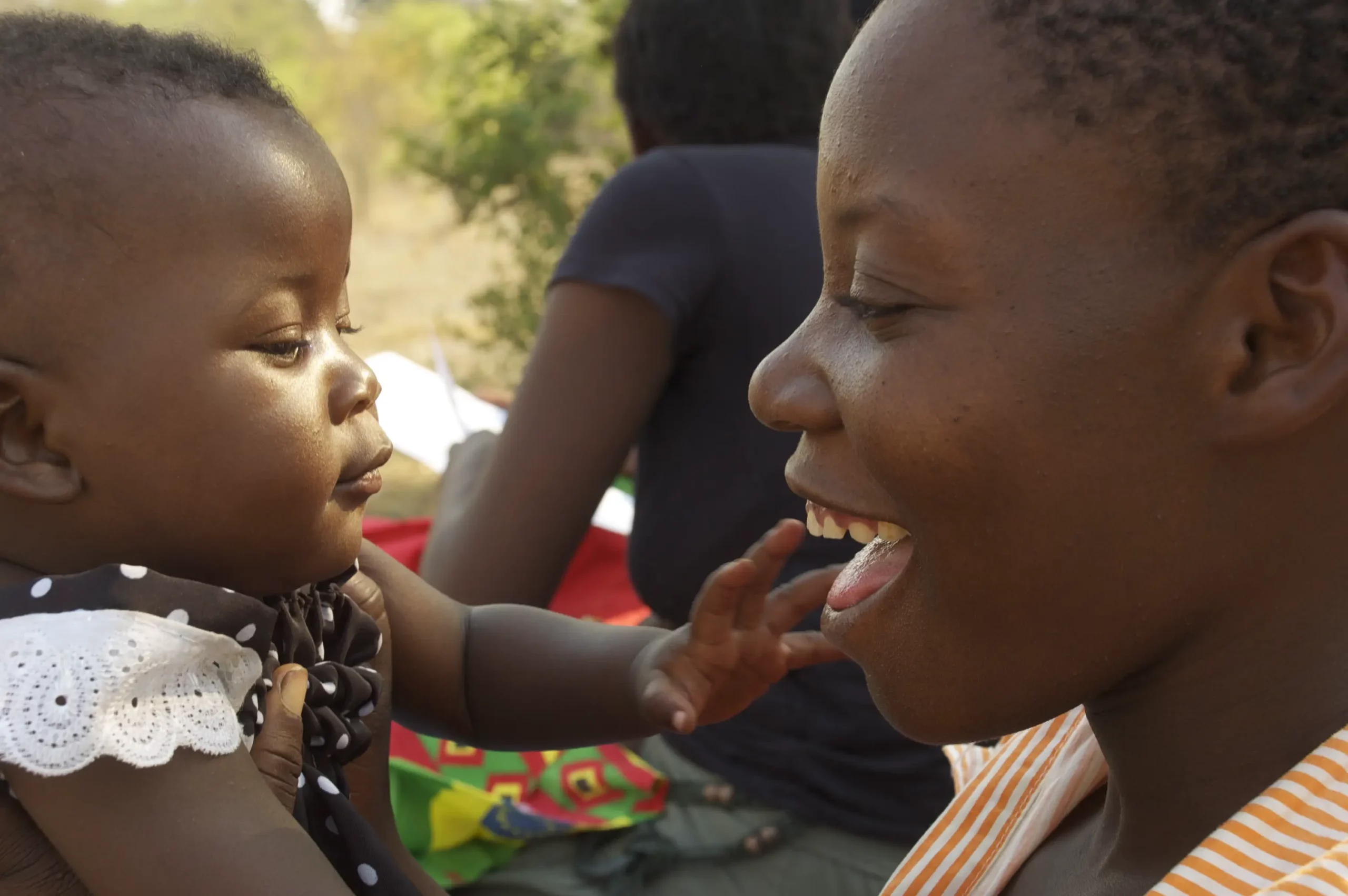
In order to assess the extent to which recipients of ART care are beneficiaries of various social protection interventions, vulnerability and dissavings in 2023, OPHID took advantage of the monthly Client Satisfaction Survey (CSS) administered by the Zimbabwe Network of People Living with HIV (ZNNP+) as part of the OPHID’s Target, Accelerate, and Sustain Quality Care (TASQC) for HIV Epidemic Control Program. This survey is routinely administered across all 317 health facilities in the 15 districts where OPHID operates in Zimbabwe. Because of the overlapping interest to understand social protection programs for People Living with HIV (PLHIV) in the TASQC program, a new section on social protection questions was incorporated into the CSS survey.
From January to August 2023 we surveyed over 13,700 recipients of HIV and TB treatment to better understand how multidimensional poverty, food insecurity and social vulnerability influence ability to access life-saving treatment.
Quantitative and qualitative data collection was completed in 2023, with full analysis to be complete in 2024.
Key take homes of this collaborative work:
- The majority (69.7%) of PLHIV reported vulnerability to (25.3%) or experience of (44.4%) multidimensional poverty.
- Experience of multidimensional poverty is strongly associated with HIV Virologic Non-Suppression and HIV/TB co-infection
- There is a big gap between social protection needs and access to services – only 1/5 PLHIV experiencing food insecurity, dissavings or multidimensional poverty had ever accessed social protection services
- Access to Social Protection (food assistance, cash transfers) may mitigate the negative effect of poverty on HIV and TB treatment outcomes
- Integration of social protection into HIV and TB programs has the potential to improve health outcomes and prevent new infections
We have disseminated SPRinTZ findings with Ministry of Health and Child Care, Ministry of Public Service, Labour & Social Welfare leaders, donors, implementing partners and communities to raise awareness and advocate for integration of social protection and public health interventions. We have also shared SPRinTZ findings at over 10 local, regional and international scientific forums which have received recognition and awards. SPrINTZ project coordinator, Rutendo Mukondwa received runner up for best oral presentation at the 2023 Ministry of Health and Child Care National TB Research Day!
Check out our publications and watch this space for upcoming video of oral abstract presentations at the international AIDS and TB Union conferences!
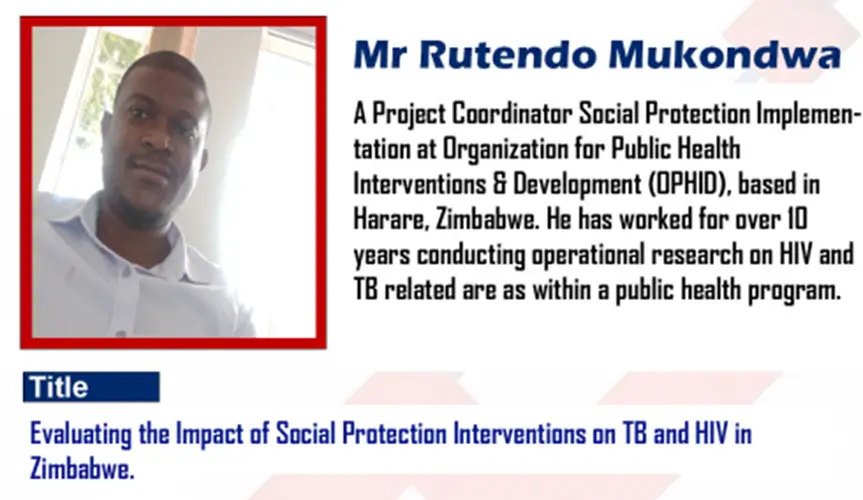
Want to get involved?
- Individuals newly diagnosed with TB and those with drug-resistant TB
- Pregnant and lactating women living with HIV and their households
- People living with HIV experiencing problems adhering to their treatment and high viral load
